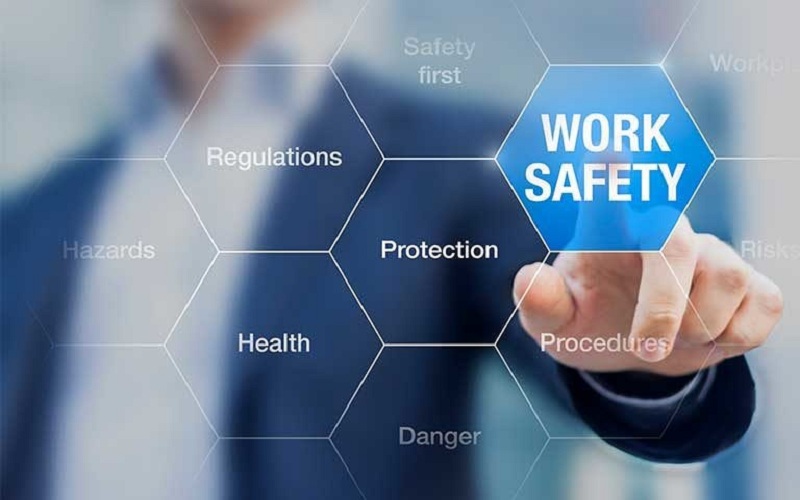Workplaces legally need to meet certain health and safety regulations in order to keep employees safe. Beyond looking after employees’ mental well-being by preventing burnout and poor mental health, there are physical health and safety concerns to stay on top of. The Health and Safety Executive lays out a lot of these foundations, including the variation that exists across industries based on the type of work performed.
Here’s what you need to know about improving safety in the workplace.
Training employees properly
Accidents are far more likely to happen if employees aren’t trained sufficiently. Some workplaces are more hazardous than others, with examples including construction and other industries involving manual labour, machinery and more. A clear training strategy with additional training to maintain standards is key to ensuring that workers can look out for themselves and each other. Even workplaces that aren’t considered to be as hazardous should still be aware of how to mitigate risks. Training employees to reduce the risks of hazards is an important place to start.
Make sure everything is secure
Certain tools and products can be used to maintain a safe working environment. For example, thread lock adhesives can be used to prevent things from falling over or coming loose. It’s used to strengthen bolts, nuts and other items. This comes in especially handy in certain industries like manufacturing, automotive repairs, construction and aerospace. You can get varying strengths of thread locks, making them adaptable depending on the requirements. A workplace with items and equipment that have been properly secured means there’s less risk of accidents occurring.
Use signs to alert others
Signage is essential to signal hazards to colleagues. Slips, trips and falls are amongst the top hazards at work, causing workers to sustain broken bones and even head injuries in serious circumstances. This could result in workers having to take time off work and could also land businesses in legal complications. The key to limiting these incidences is to signpost hazards effectively. The sign might be drawing attention to water or food that’s been spilled. If you’re unsure whether to find the warning signs in your workplace, alert someone who can do this for you.
Keep things tidy
Simple acts like keeping the office tidy are key to health and safety – and this should come under staff training sessions about health and safety at work. Whether it’s cleaning up after yourselves in the kitchen to avoid poor hygiene from arising, keeping your electricals in order or tidying up various tools and equipment by stowing them safely into a toolbox, there are many circumstances in which a tidy workplace can help to reduce the likelihood of accidents amongst the workforces.

